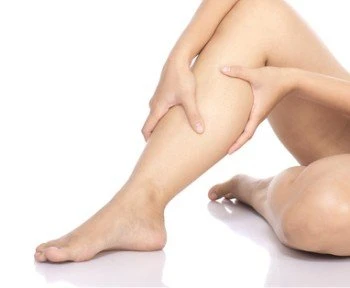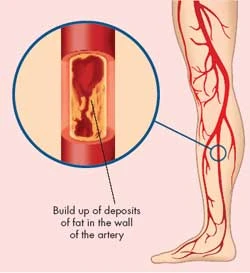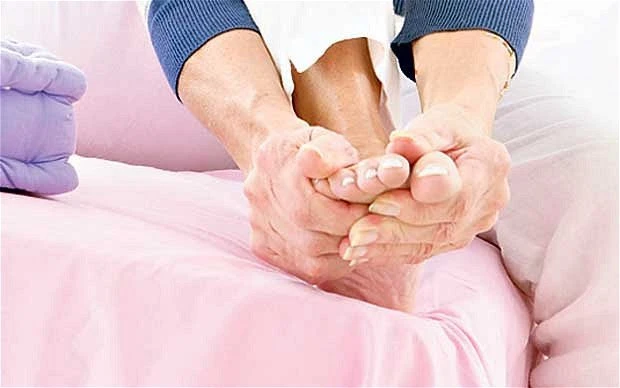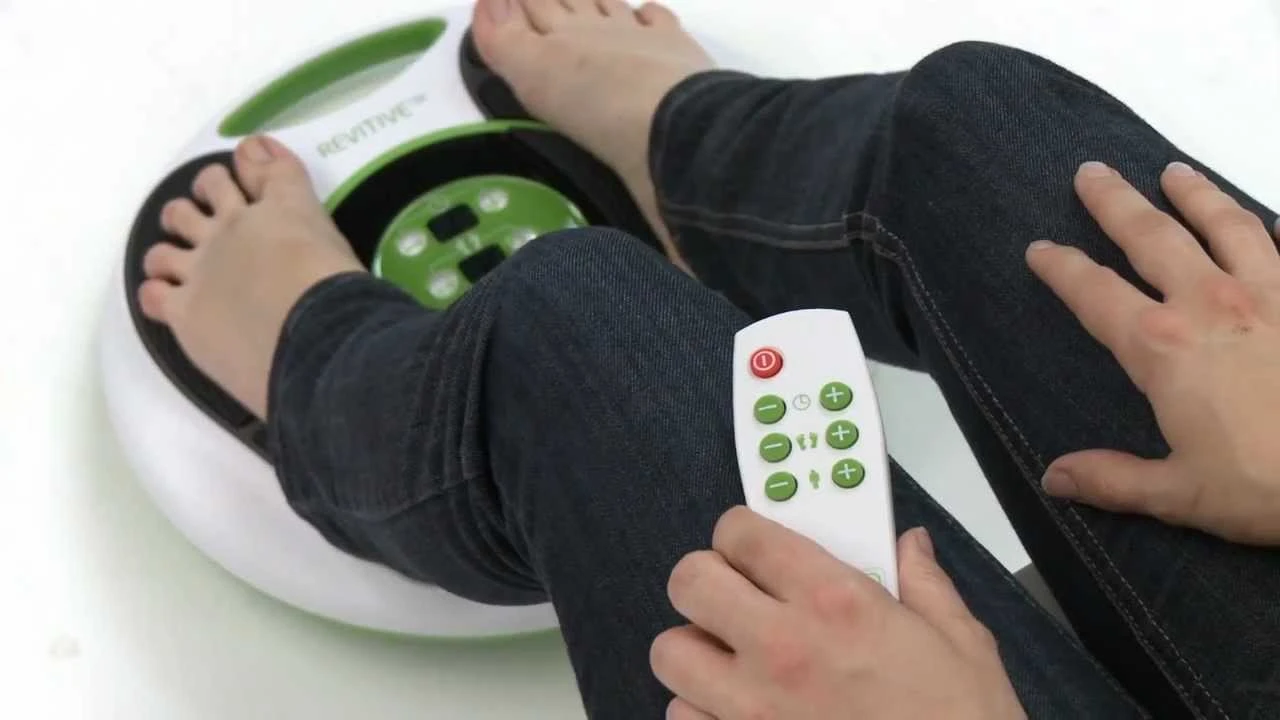Contents
Poor circulation can happen whether you are young or old. Many people indicate that poor circulation is often connected to diabetes. That is a pure myth! What you need to know is that poor circulation is not a condition or disease in itself. What causes poor circulation is the results from other health issues or problems.

Your body's circulation system sends the blood, nutrients and oxygen using arteries and blood vessels throughout your body. If you experience a blockage or reduced blood flow in your whole circulation system, you will experience circulation problems. The most common time is when we sleep awkwardly on our arm or when crossing our legs, when seated. The most common location you will experience poor circulation is likely in your extremities.

PAD Effect with Poor Circulation
Peripheral Artery Disease (PAD) is one disease that will cause poor circulation in your lower extremities. When the blood vessels and arteries narrows the circulation of blood is reduced. One other associated condition to PAD is atherosclerosis, a disease of the arteries characterized by the deposition of plaques of fatty material on their inner walls. When these two conditions occur, a reduced blood flow will happen and this will result with obvious pain.
PAD is most common in adults over age 50, but it can also occur in younger people. Smokers are at a higher risk than non-smokers for having PAD develop early in life.
Over time, reduced blood flow in your extremities can cause numbness, tingling, nerve damage, and eventually tissue damage. Eventually, if left untreated, reduced blood flow and plaque in your carotid arteries may result in a stroke. If plaque buildup takes place in the arteries in your heart, you run the risk of having a heart attack.
Blood clots are quite common amongst adults. It is a partial or entire blockage of the blood. A blood clot can happen anywhere in your body. A blood clot developping in your arm or in a leg will eventually cause circulation problems.
Many reasons can cause a blood clot to develop. Most blood clots are serious and can be very dangerous. A blood clot can particularly serious if it breaks away and reaches your heart or lungs. If this happens, the results may be deadly. When discovered early, a blood clot can be treated successfully.
Varicose veins are veins that have become enlarged and twisted. The term commonly refers to the veins on the leg, although varicose veins can occur elsewhere. Veins have pairs of leaflet valves to prevent blood from flowing backwards (retrograde flow or venous reflux).
Leg muscles pump the veins to return blood to the heart (the skeletal-muscle pump), against the effects of gravity. When veins become varicose, the leaflets of the valves no longer meet properly, and the valves do not work (valvular incompetence). This allows blood to flow backwards and they enlarge even more. Varicose veins are most common in the superficial veins of the legs, which are subject to high pressure when standing.
Besides being a cosmetic problem, varicose veins can be painful, especially when standing. Severe long-standing varicose veins can lead to leg swelling, venous eczema, skin thickening (lipodermatosclerosis) and ulceration. Life-threatening complications are uncommon, but varicose veins may be confused with deep vein thrombosis, which may be life-threatening.
Varicose veins can be apparent with obese people or diabetes. Improving the circulation will help improve varicose veins.
You might think diabetes only affects your blood sugar, but it can cause problems in many different areas of your body. Poor circulation caused by diabetes can cause leg cramping, as well as pain and cramping in your calves, thighs, or buttocks. This cramping may be especially bad when you're physically active. People with advanced diabetes may have a difficult time detecting the signs of poor circulation because diabetic neuropathy can cause reduced sensation in your extremities.
Diabetes can cause heart and blood vessel problems, and people with diabetes are at an increased risk for atherosclerosis, high blood pressure, and heart disease.
Carrying around extra pounds puts a burden on your body. Plus, if you're overweight, sitting or standing for hours may lead to additional circulation problems.
Being overweight or obese also puts you at an increased risk for many of the other causes of poor circulation, including varicose veins and blood vessel problems.

The Raynaud's Disease is a little bit more obscure but is common amongst many of us. Raynaud's Disease is best known for having chronic cold hands and feet. Raynaud's Disease causes the small arteries in your hands and toes to narrow.
Since narrowed arteries can't move blood through your body efficiently, you will feel symptoms of poor circulation. Raynaud's disease are very common in areas of cold temperatures or with people experiencing continued stress. Women are more apt to experience Raynaud's disease.
Sensation and symptoms can be felt as well in your fingers and toes. Other body parts may also include: lips, nose, nipples, and ears.
The most common symptoms of poor circulation include:
Each potential condition that might lead to poor circulation can also cause unique symptoms. For example, people with PAD may experience erectile dysfunction in addition to typical pain, numbness, and tingling. Raynaud's disease can cause a prickly sensation or stinging in the affected extremities when they are warmed up.

Poor circulation symptoms can be relieved with the help of circulation boosters such as the Revitive IX or the Revitive LV . Other products to improve your lower extremities blood circulation and relieve pain are: Zip Sox Compression Socks by BulbHead , Ab-753 Infrared Blood Circulation Massager


The Circulation Boosters will help by transmitting electric muscle stimulation or EMS through your feet and open your blood vessels. As for the compression socks or stockings, they will create this graduated compression at your feet and around with a lower pressure heading upward towards your calf and lower leg blood vessels.
Finally, any poor circulation symptoms should be discussed with your family doctor. With uncomfortable systems, try to get to the source of these uncomfortable symptoms. They may be the sign of an underlying health condition. Blood clots that move into your lungs are potentially life-threatening. Other untreated conditions can lead to serious complications. Your doctor will work to determine the cause of your poor circulation and treat the underlying issue.
If you want to share any comments on poor circulation feel free to comment below. Any ideas are welcome for all of us to benefit from.
 |
 |
 |
 |
Great Ones for You